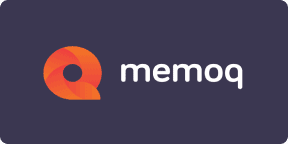Schema-ST4-Filter
Hier handelt es sich um eine Filterkonfiguration zum Importieren von Schema-ST4-Dateien in memoQ für die Übersetzung. Sie weist memoQ an, welche Teile einer Datei für die Übersetzung zu extrahieren sind und wie. Um diese Funktion nutzen zu können, importieren Sie diese zuerst im Abschnitt „Filterkonfigurationen“ in der Ressourcenkonsole in memoQ. Dann importieren Sie die eigentlichen Dokumente und verwenden dabei in einem beliebigen memoQ-Projekt den Befehl „Import mit Optionen“ und wählen dann diese Konfiguration aus.
